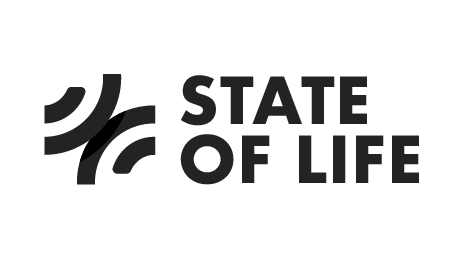Measuring changes in food and financial security, work status, anxiety, activity, mental health, wellbeing, trust in government and in each other. And which groups are affected most?
Results at the bottom of the page
Help figure out what’s going on and how we can effectively respond
We’d like to find out how the current situation affecting your work, health, money, other people, and life in general.
This is your chance to make a difference by taking our quick survey. It shouldn’t take longer than 8 minutes.
We’ll compare your answers to other national surveys to work out how life has changed and how we’re all coping. The results will help us figure out what helps improve mental and physical health, and what support is needed during and after lockdown. This information could even help direct money, materials and people to where they’re really needed in the coming months.
Thank you.
State of Life, with the help of
About the 2020 State of Life under Covid-19 survey?
The survey aims to track how the current situation under Covid-19 is affecting our experience of work, health, money, other people, and life in general. All the questions have a national baseline, so we will see immediately what has changed. This survey is the only one we are aware of that measures all of these key indicators of life satisfaction alongside one another to see how they interact - to help understand what makes the most difference (activity, financial security, trust, community, friends).
The objective is to create an agile tool and data set to inform decision making at a crucial time. The results may help us figure out what helps improve mental and physical health, and what support is needed during and after lockdown. This information could even help direct money, materials and people to where they’re really needed in the coming months.
The project has started in Essex with the support of the ActiveEssex and The University of Essex. We will be comparing data to the ActiveLives and Understanding Society data sets. We would like as many people as possible, over the age of 16, in Essex and across the UK to sign up and complete it regularly.
Results
@statoflife (not a typo!)
Results will be published below in features and in more bitesize chunks on our twitter feed @statoflife (see bottom of page)
Post summer results: April to September
Personal wellbeing is slowly returning to pre-lockdown levels. Health remains up but the sample is a more active, higher socioeconomic group than the average population. That said, inactivity has gone up from April to August. This is a concern we are looking in more detail with the Active Essex LDP project. Trust in national government is falling but trust is local authorities and the community while fluctuating is considerably higher than trust in government throughout. All these findings, as well as insights on how work life, financial security and volunteering were affected by the pandemic, are detailed in the following slides.
Read more here
Month 2 Results: 25th April to 8th June
It looks like life has settled down under lockdown. Life Satisfaction remains lower, anxiety and health seem to be rising. Main concern is that inactivity continues to rise and we will be looking into which demographics are most affected. Trust is volatile and the expectation of being worse off this time next year seems to be double that of 2018.
Read more here
First Results: Key Workers are more anxious but also…
Reported health and activity is up but wellbeing is down. The decline in wellbeing seems to be driven by the change in work status (furlough or working from home are not positive it seems). It’s good to be a key worker: while more anxious in the moment Key Workers report higher wellbeing, financial security and optimism. Physical activity is seemingly driven by an increased sense of opportunity but those more active are from higher socio economic groups and inactivity levels stay the same. But we’re pulling together - trust in those around us is up.



